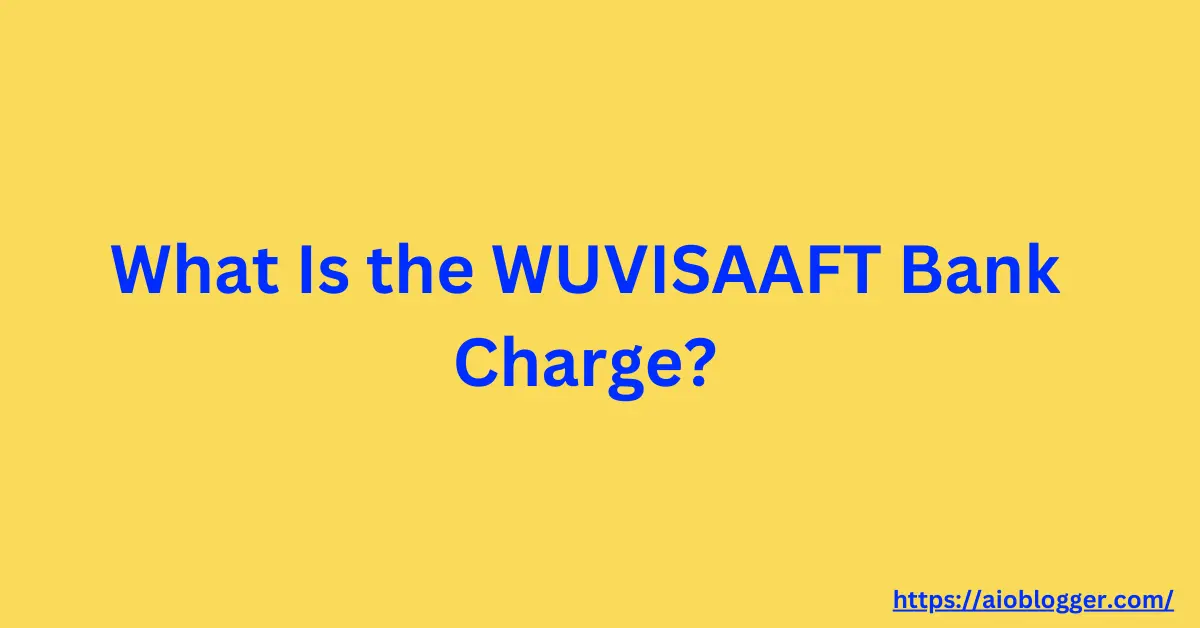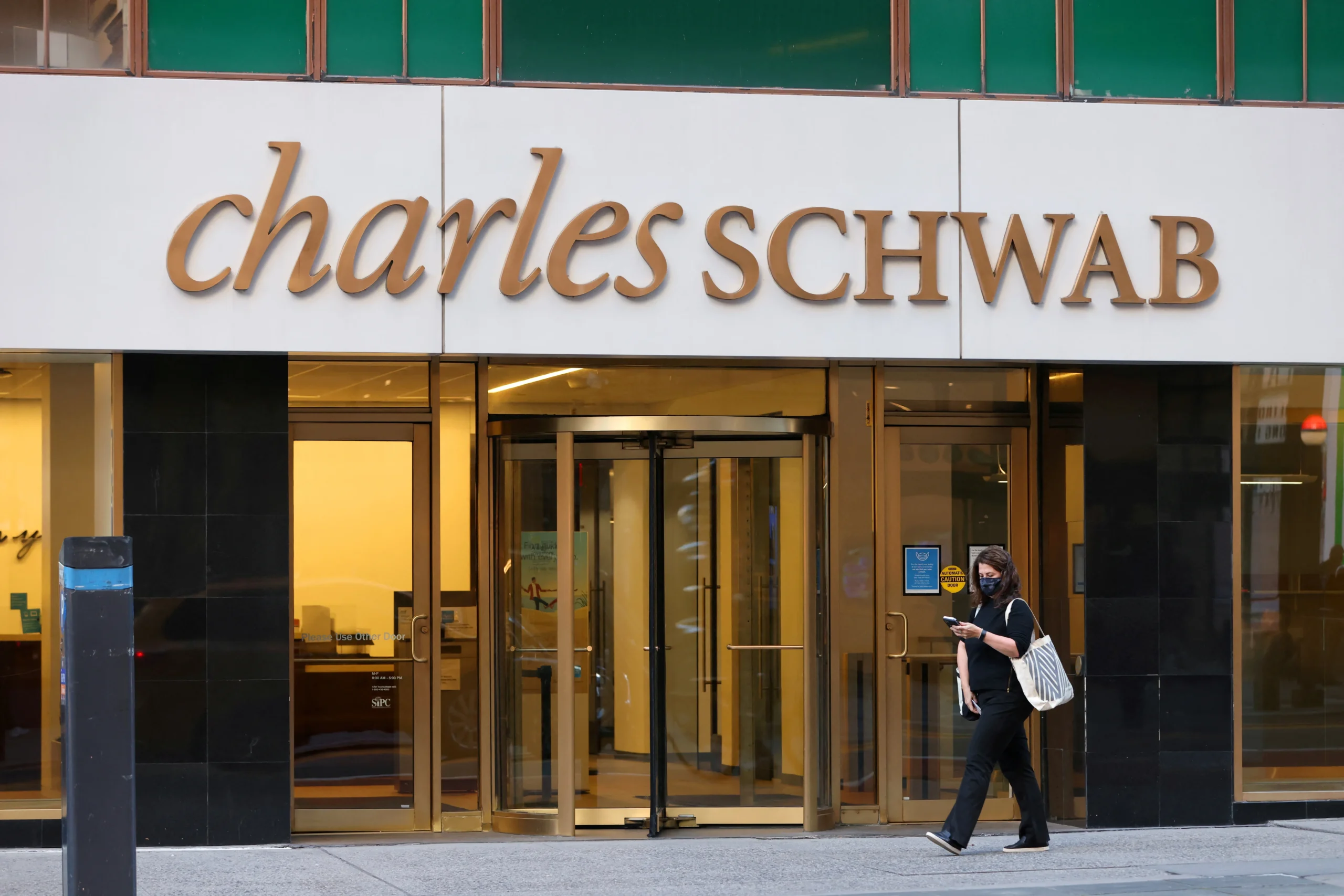How Does the WUVISAAFT Charge Appear on a Bank Statement?
The WUVISAAFT bank charge can be a source of confusion for many account holders. On a bank statement, this charge typically appears with a transaction code or description that reads “WUVISAAFT.” This code indicates that the transaction is associated with a Western Union Visa Direct transfer. Such charges often arise from money transfers facilitated through Western Union, where funds are sent directly to a Visa card. The exact appearance may vary slightly depending on the bank’s formatting, but it generally includes the WUVISAAFT identifier.
How to Prevent WUVISAAFT Bank Charges
Preventing WUVISAAFT bank charges involves a few proactive steps to manage your transactions and monitor your account activity.
Use Your Bank for Transactions
Whenever possible, utilize your bank’s services for money transfers and payments. Banks often have lower fees for direct transfers compared to third-party services like Western Union. By conducting transactions directly through your bank, you can avoid the additional charges that come with using external money transfer services.
Verify Charges Regularly
Regularly reviewing your bank statements is crucial. This practice helps you spot any unfamiliar or unauthorized charges, including WUVISAAFT fees. Make it a habit to check your statement at least once a month to ensure all transactions are legitimate. Promptly reporting any discrepancies to your bank can help you resolve issues quickly and prevent further unauthorized charges.
Set Up Alerts
Many banks offer alert services that notify you of account activity via SMS or email. Setting up these alerts for transactions over a certain amount can help you keep track of significant changes in your account. Alerts can also be customized to notify you of any transactions labeled with specific codes, such as WUVISAAFT, allowing you to address potential issues as soon as they arise.
Avoid Unnecessary Transactions
Limit your use of money transfer services to essential transactions only. Each transfer through services like Western Union incurs a fee, which can add up over time. By minimizing unnecessary transfers, you can reduce the occurrence of WUVISAAFT charges on your bank statement. Consider alternative methods of sending money, such as using online banking services, which may offer lower fees.
Always Use Secure Payment Methods
Security is paramount when it comes to financial transactions. Ensure that you use secure payment methods to protect your financial information. Avoid sharing your bank details with unverified sources and be cautious of phishing scams. Secure payment methods, including your bank’s official website or app, help safeguard your account from fraudulent activities that could result in unwanted charges.
Understanding Unknown WUVISAAFT Bank Charges

If you notice a WUVISAAFT charge on your bank statement that you do not recognize, it’s important to understand its origin. This charge might result from a legitimate transaction that you forgot about or an error that needs correction. To address unknown charges, take the following steps:
- Review Your Recent Transactions: Check your recent financial activities to see if any match the amount and date of the WUVISAAFT charge.
- Contact Western Union: If you suspect the charge is related to a Western Union transfer, contact their customer service for clarification.
- Report to Your Bank: If you cannot identify the charge, report it to your bank immediately. They can provide more details and initiate an investigation if necessary.
By understanding and managing WUVISAAFT charges, you can maintain better control over your finances and avoid unexpected fees.



